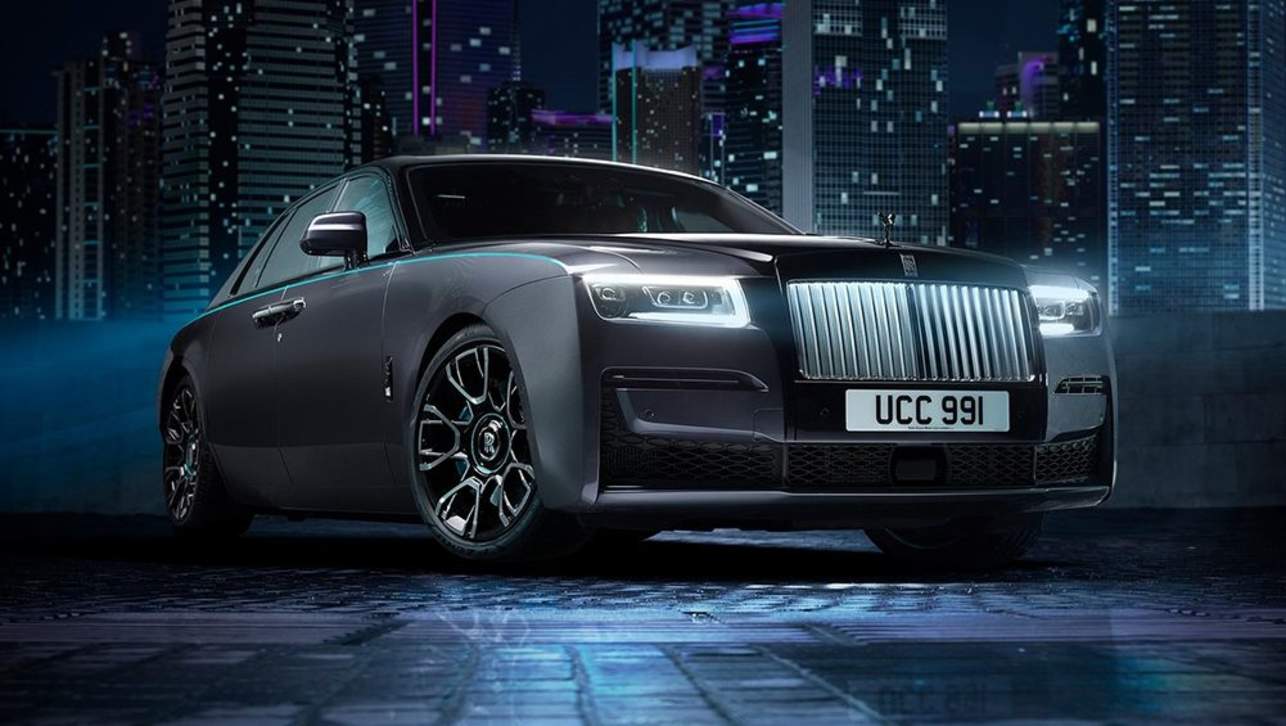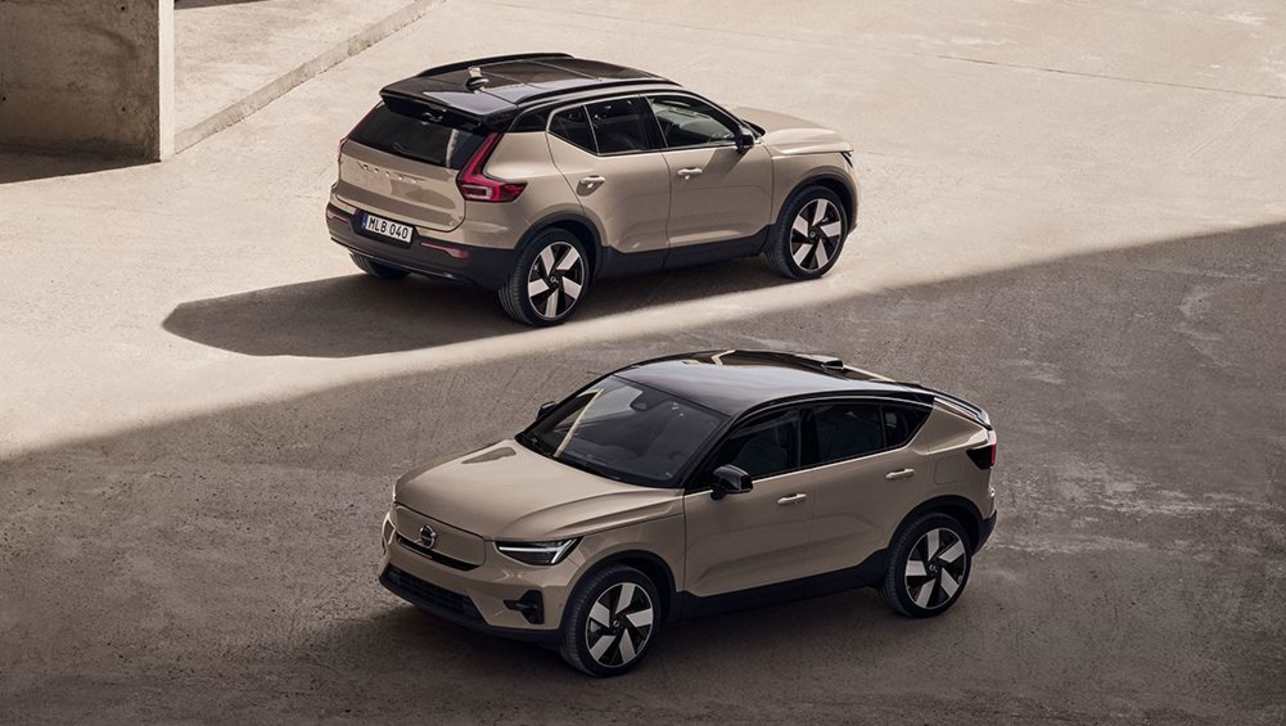Battery charging authority Ctek is expanding further into electric vehicle charging technology with an evolution of smart chargers that makes charging on the run quicker and more convenient, while plugging in at home could put cash back in owner’s pockets.
Building on its base of Chargestorm and Nanogrid products, the Swedish company is increasingly moving in the direction of a tech company, focusing on data and information-based technologies that put power in the hands of EV drivers.
These include public chargers that require no smartphone applications or even a credit card tap to use, as well as new hardware that connects EVs to the national power grid and linking in modern smart homes.
With more than 100 banks of Ctek chargers already in use around Europe and car-park and garage installations that offer up to 1000 charge points in a single location, the company is already a leader in critical ‘load balancing’ which ensures the infrastructure is not overwhelmed by peak demand.
However, Ctek is using the lessons from extensive charge networks to roll out the next generation of public charging technology.
It’s latest product Chargestorm Connected 3 will launch in early 2024, offering the most intelligent EV chargers to hit the market yet, with innovative features including the Plug & Charge system that requires no smartphone application or point of purchase payment to use.
Speaking to CarsGuide, Ctek Energy and Facilities Product Manager Stefan Gabrielsson revealed the company’s latest product would be among the first to utilise the new ISO communication standard 1.118 that is transforming the retail charge network.
.jpg)
“This communication protocol is far more advanced, compared to what we have today when it comes to exchanging information between the vehicle and charging station,” he said.
“The car will be able to identify itself and that enables a service that is called Plug & Charge meaning that you don't really need an RFID tag or an app in order to identify yourself before charging to just plug in the charging cable into the vehicle. We can send the vehicle identification number to the charging station which in turn verifies that identification number is allowed to charge with the backend system.”
The system will streamline EV charging on the go and allow EV users to get back on the road faster, while simplifying public charging payment processes for users, which can be complicated when multiple applications and power providers are involved.
In addition to easier public charging, the Chargestorm Connected 3 brings advantages to home and other private installation situations.
.jpg)
With the new communications protocol, Ctek’s new breed of chargers will be able to tap into the national grid using electric vehicles and their batteries as an ephemeral component of the larger power network.
According to Gabrielsson, the Connected 3 will be among the first to allow owners to connect to the grid and either take power to charge or deposit energy back into the system to provide support during high demand periods or power outages, for example.
With the correct infrastructure and vehicle, the system allows owners to manage when they take power from the grid using the car as the storage device. That enables consumers to only use electricity when it’s at its most affordable, as well as potentially selling power back to the provider.
“Vehicle-to-home means you are able to transfer the energy in both directions you can kind of optimise the electrical bill price per month.
.jpg)
“You can start to sell back the capacity to your your DSO (Distribution System Operator) and that is quite a lot of money. If you are willing to let your car balance the grid during night time, you can earn a significant amount of money.”
While the various power providers around the world are not quite ready to connect vehicle-to-grid services, Ctek hardware is prepared for the switch and a number of manufacturers are also starting to offer compatible vehicles.
Volvo and Polestar are participating in trials and research with Ctek to develop the vehicle systems that will enable vehicle-to-grid and vehicle-to-home power management, with more models expected to be introduced to the market alongside existing cars such as the Volkswagen ID.4.
“Now you can use the car for more than driving - you can actually help the power grid.”
.jpg)
But while the plethora of power-sharing and smart charging advancements are progressively rolling out in other parts of the world, Australia will have to wait a while yet.
While Gabrielsson believes Australia is the right place for a roll out of Ctek’s advanced charging networks, there are regulatory processes that will need to be completed once other more pressing markets have been addressed.
"It's definitely doable, but then we of course need to foresee that we are able to take a role as a player and provide enough good business for us in order to do the establishment.
“In Europe we have the CE mark in North America have the UL mark, in Australia, you have your own certification requirements. So that is hindering us from taking our products into the market in Australia. It's really the only regulatory part so we need to redo the certification.”


.jpg)







.jpg)

.jpg)

.jpg)
.jpg)
.jpg)
.jpg)


.jpg)


.jpg)

.jpg)




Comments